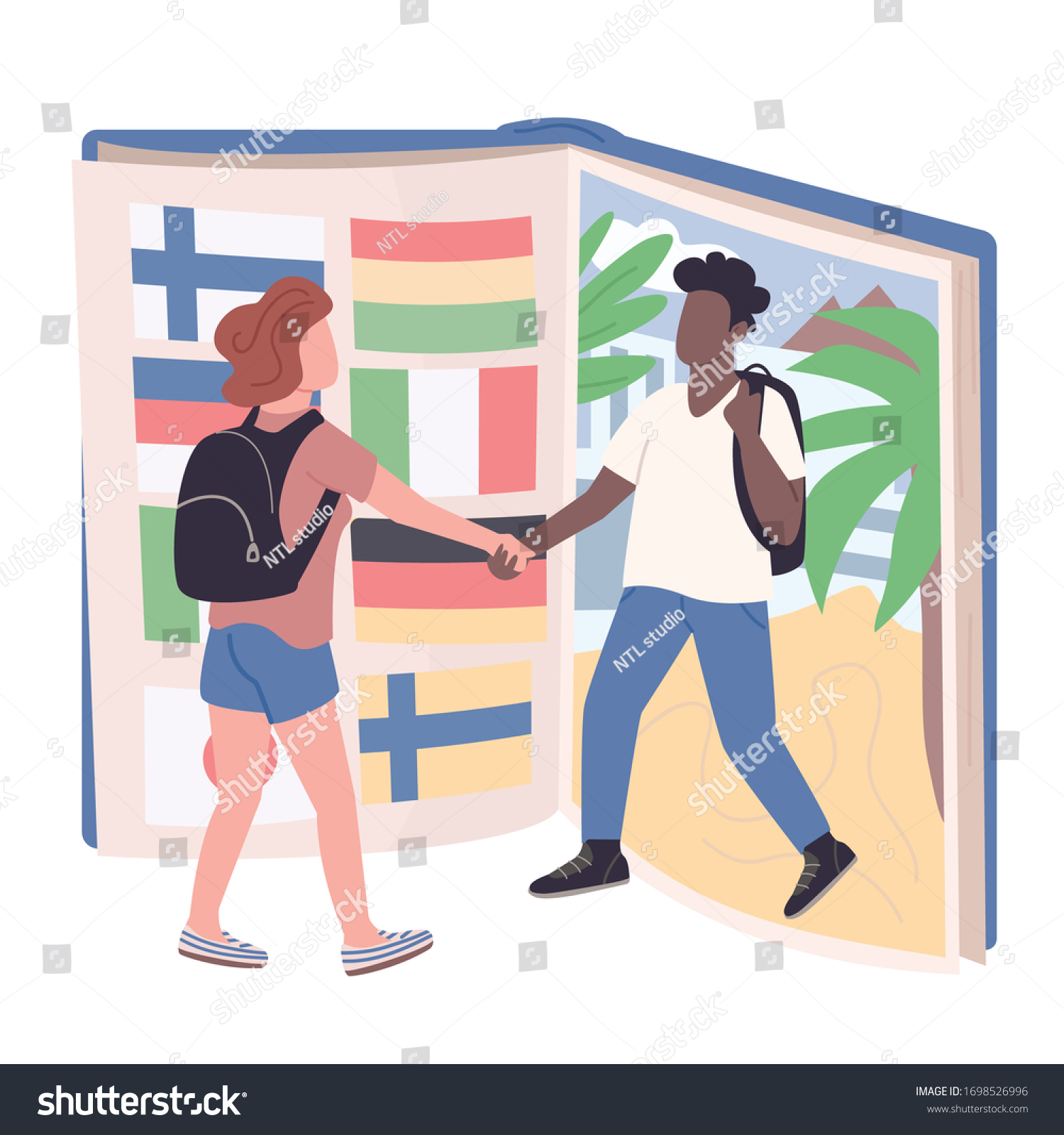Cultural exchange animations serve as a vibrant medium for embracing diversity, fostering understanding, and celebrating the unique attributes of various communities. These animations typically encapsulate various cultural elements, from traditional clothing to distinct practices, in a manner that is both captivating and educational. But have you ever pondered the impact such visual representations could have on intercultural relations? What challenges might arise in accurately portraying intricate cultures within the playful rhythm of animation?
At the crux of cultural exchange animations lies the interplay of creativity and responsibility. Such animations must navigate the delicate balance between artistic interpretation and respectful representation. The potential for misrepresentation looms large; if an animation fails to depict a culture accurately, it risks reinforcing stereotypes or perpetuating cultural misunderstandings. This beckons the question: how can animators effectively honor the essence of diverse cultures while still engaging their audience?
Focusing on the aesthetics of cultural animation, several common themes emerge. For instance, animations often utilize vibrant colors, dynamic movements, and whimsical characters to draw viewers in. Traditional attire, culinary customs, and age-old rituals may serve as focal points within these animations. These elements offer a visual feast, yet they must be contextualized. The viewer should not merely admire the surfaces, but also grasp the deeper significance behind each cultural element presented. Thus, it becomes imperative for creators to partner with cultural consultants who can provide insights into the nuances that characterize a community, ensuring authenticity in portrayal.
Moreover, the structure of the animation is another critical aspect to consider. Cultural stories can be conveyed through various animation styles—2D, 3D, stop-motion, or even hyper-realistic renderings. Each style brings its own flavor and perspective, shaping the narrative arc in unique ways. For instance, 2D animations often evoke nostalgia, while 3D animations can imbue storytelling with a sense of immediacy and tangibility. How might these differing styles influence a viewer’s perception of a culture? Would a whimsical 2D animation render a serious cultural practice more palatable, or would it risk trivializing formidable traditions?
Soundscapes in cultural exchange animations further elevate their impact. Music and sound effects play a vital role in immersing audiences into the cultural experience being illustrated. The rhythm, melody, and instruments utilized in a soundtrack can evoke particular emotions and foster connections between the viewer and the culture depicted. However, how do animators ensure that the auditory dimensions of their work do not eclipse the visuals? Striking a balance that showcases both the sound and visuals requires skill and empathy, bridging the gap between diverse sensory experiences.
Engagement is another dimension to the cultural exchange animation experience. As audiences become more globalized through technology, they often seek interactive and immersive experiences rather than passive viewing. Could interactive cultural animations—with options for real-time participation—foster deeper understanding? For example, they might allow audiences to explore cultural customs or even partake in simulated activities. While this approach offers unique opportunities for engagement, it also poses challenges regarding the representation of cultural practices. What ethical considerations should be taken into account when enabling user interaction in this context?
One cannot overlook the educational potential inherent in cultural exchange animations. By incorporating historical references, folklore, and essential cultural tenets, animations can become powerful educational tools. Schools and educational institutions have increasingly leveraged such resources to complement their curricula. Yet, are these animations sufficiently rigorous and informative? Do they challenge simplistic views and encourage critical thinking about cultural identities? For animations to be effective educational tools, they must engage audiences on intellectual levels, stimulating discussions about the complexities of cultural histories.
In conclusion, cultural exchange animations encapsulate a world of possibilities, inviting viewers into rich, diverse realms. They can serve as a bridge for fostering connections among cultures, provided they adhere to principles of authenticity, respect, and thoughtful representation. The challenges of accurately portraying cultural identities while engaging diverse audiences remain, but they are not insurmountable. With conscientious storytelling, innovative designs, and a commitment to ethical representation, cultural exchange animations can indeed thrive as enlightening experiences.
Ultimately, as we consider the future of cultural exchange animations, it is vital to reflect on their role within a globalized society. Are we seeing a transformation in how cultures perceive one another? Could these animations inspire a new wave of appreciation and dialogue among diverse populations? The potential for cultural enrichment is profound, and through creative endeavors, we may discover the keys to a harmonious global community—a tapestry woven from the threads of understanding, respect, and shared experiences.
